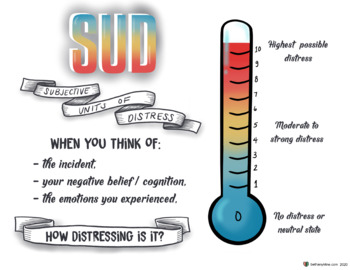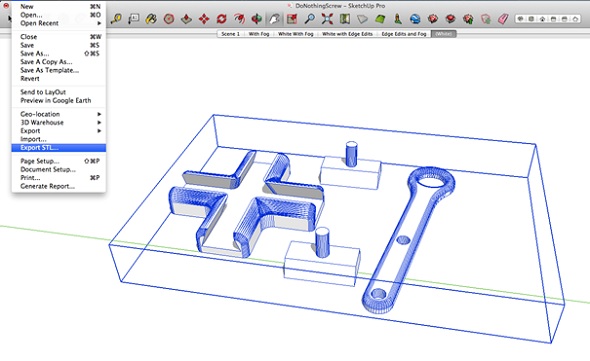

To set separate X and Y scales, select Separate Y Scale.

Select Preset and select the scale from the Scale drop-down list.Use a comma to define pages that are separated.įor example: 1-3, 5, 9 will include pages 1, 2, 3, 5 and 9.Use a dash between page numbers to define those two pages and all pages in between.Delete any text left in the field and enter the page or pages to be printed directly. When this option is selected, the field acts like a text box. Custom: Sets the range to a custom value.This option only appears if pages were selected prior to invoking the command. Selected: Sets the range to the current selection.The current page number will appear in parentheses, for example, Current (2) if page 2 is the current page. Current: Sets the range to the current page only.


EAZYDRAW INDEPENDENT SCALE NOT AVAILABLE PDF
If you know the scale, but it's not in the preset list, and you're sure the PDF has no scaling errors, entering a custom scale only takes a little more time (and you can always save it to your preset list for later use). When both of these are true, using a preset scales is a fast and efficient way to set a reliable scale. Are you sure that no scaling errors occurred during the PDF creation process?.Is the scale known and common (or has it been previously saved to your list of preset scales)?.Each method has advantages and disadvantages and which is preferable depends on how you would answer a couple questions: Revu offers a few different ways to set a page scale to suit your specific needs and workflow. Accurate page scales are a vital part of taking accurate measurements and, if a page does not have an established scale, Revu will prompt you to set one before placing a measurement.


 0 kommentar(er)
0 kommentar(er)
